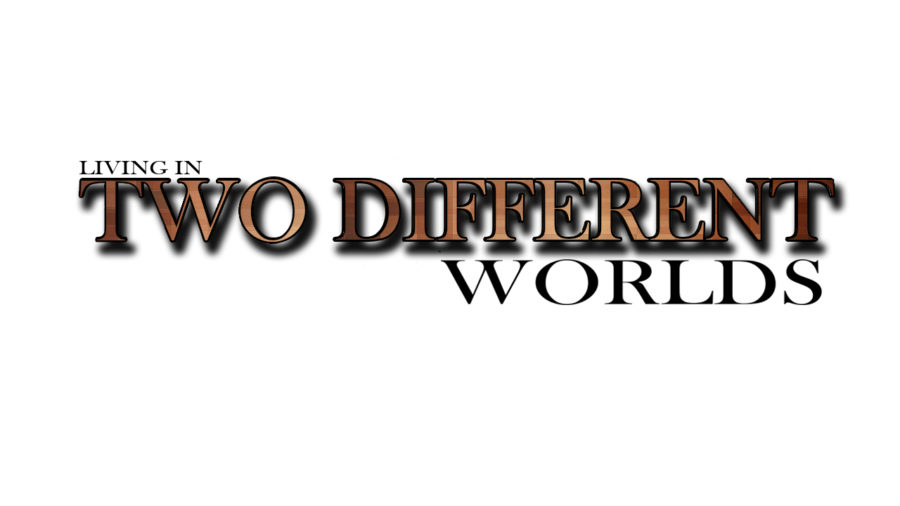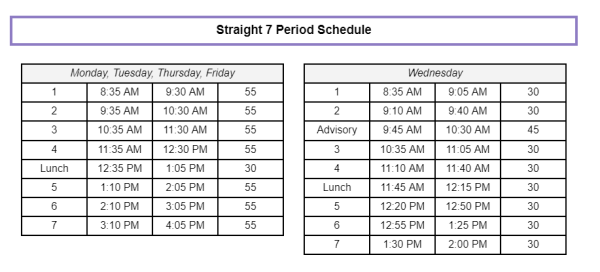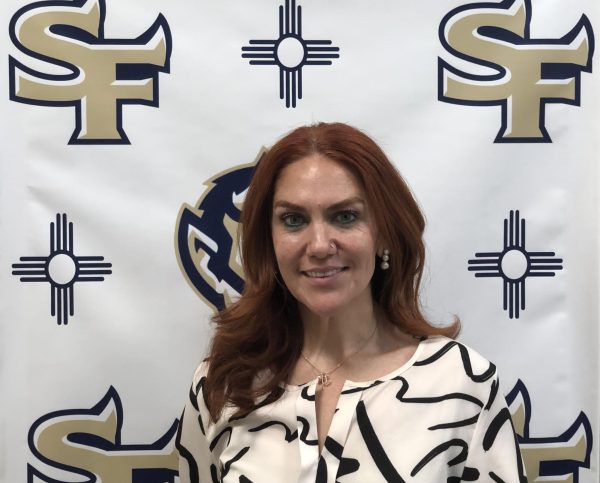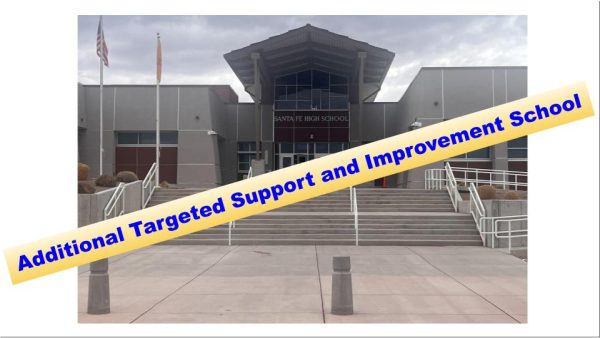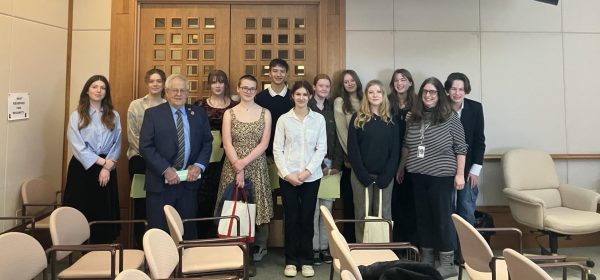Living in Two Different Worlds
March 2, 2017
As I sit at my cold metal desk writing an essay on quinceañeras in my AP Spanish class, I wonder how many other people are in my situation.
As I sit in the buzzing cafeteria watching my Korean friend eat her squid while her friends look on disgusted, I wonder how many other people are in our situation.
As I hear about the racial controversy surrounding Adele and Beyoncé over the Album of the Year Grammy, I wonder how many other people see the conflict of this situation.
The number of people who are growing up with more than one culture is increasing, and with it the question of their diversity and who they are arises.
According to Pew Research Center analysis of census data, in 2013 a record-high of 12 percent of newlyweds married someone of a different race. Wendy Wang, a senior researcher focusing on social and demographic trends, states, “The trend toward more interracial marriages is undoubtedly related, at least in part, to changing social norms.” Another survey from 2014 shows that 37 percent of Americans thought that interracial marriages were a good thing for society, up from 24 percent in 2010.
But what does this mean for the growing families of these multicultural marriages?
When “different” is all bicultural people are defined as, it’s easy to try conform to just one culture. In a Seattle Times profile on author Esmeralda Santiago’s struggle of living within two cultures, she states that people “face cultural adjustments…their desire to assimilate clashing with their cultural identities. The duality leaves them unsure about themselves.” Instead of choosing one culture, most people try to embrace both, she explains.
Santa Fe High junior Mya Barrens, who has been raised in a Hispanic and African-American household, is an example of integrating both cultures because both sides of her family have meshed well. She says, “When we all get together it is loud, very loud, but fun. Holidays are great because of our large family, and the food is fantastic, let me tell you.”
While growing up in almost two different worlds, it’s clear that one side of a family will have different views from the other side, which creates a broader spectrum of understanding of oneself. Barrens says, “Sometimes I will do or say things that one side [of my family] won’t get, but it’s never a barrier.” She adds, “It has heavily influenced how I view people and my opinions on certain things and has definitely caused me to pay attention to my history.”
Just as Mya explains the different views both sides of her family have on certain topics, psychologist Francois Grosjean from “Psychology Today” writes, “Biculturals have an enhanced ability to carefully weigh the merits of alternative perspectives. They view things from these different perspectives and integrate them into a coherent whole.”
Grosjean bases her statement on three studies by researchers Carmit Tadmor, Adam Galinsky and William Maddux. One of these studies also showed that biculturals can acquire “integrative complexity,” a psychological mechanism that is the capacity and willingness to acknowledge the legitimacy of competing perspectives on the same issue.
There can be numerous advantages as well as disadvantages to dual-culture living. A common advantages is being able to speak more than one language, which can open many possibilities. Disadvantages include not fitting in or being unsure of oneself. Santa Fe High junior Sakara Griffin, whose family is also Hispanic and African American, says, “Oftentimes it can be confusing knowing that I come from two different backgrounds.”
She and Mya, like most biculturals, agree that the positives outweigh the negatives. Sakara says, “There definitely is an advantage, but I feel as growing up bicultural is more of a privilege. I have ties to different cultures, and as a result it serves as an ‘eye opener’ when approaching situations in daily life. … It’s something that I feel gives me a different perspective on certain issues, and empathy.”


